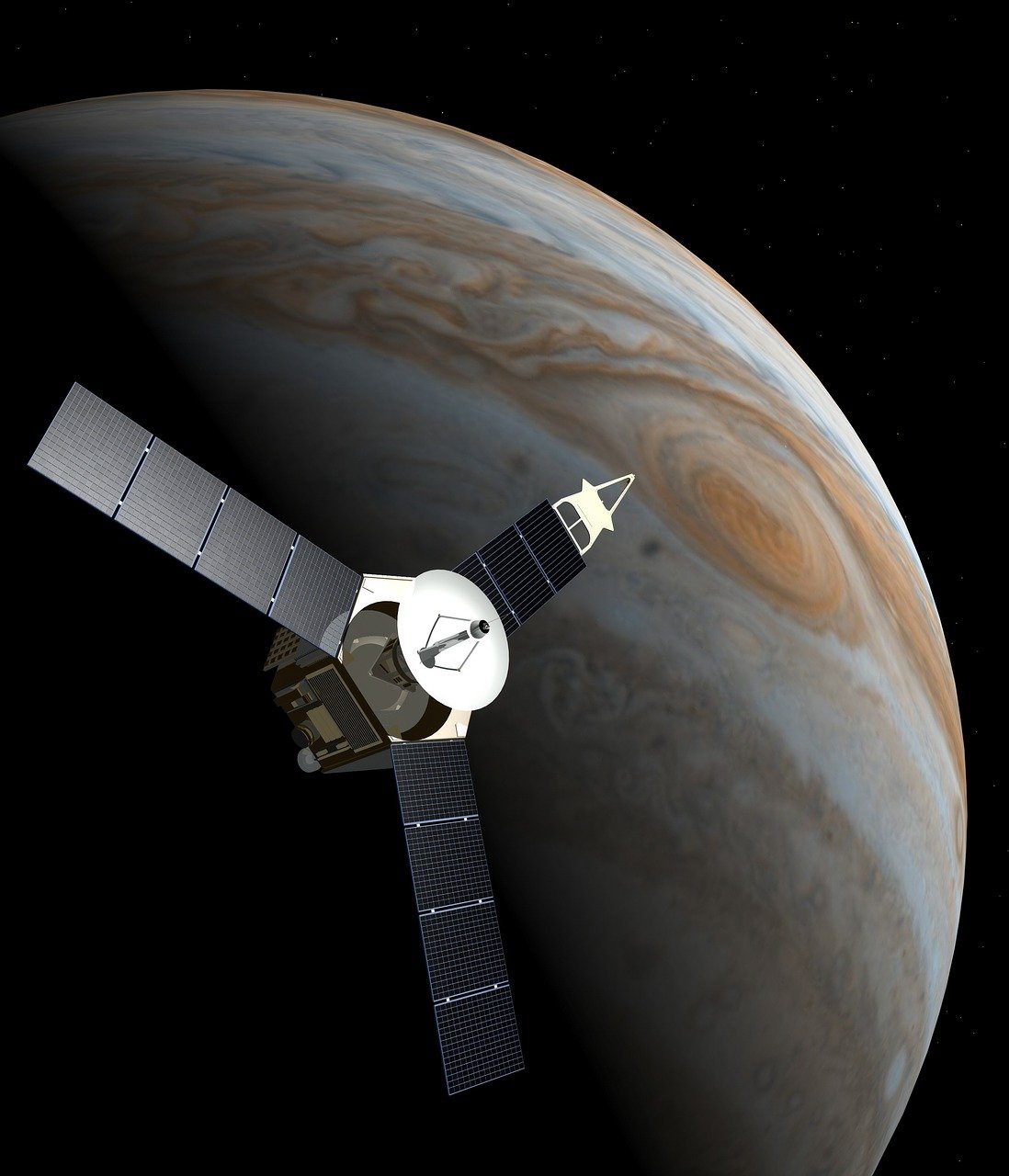Satellite Mechanics is a branch of astronomy that studies the motion and interaction between celestial bodies under the action of gravitational forces. The main task that solves Satellite Mechanics is to determine the position and relative motion of planets and stars, as well as the type of their trajectory.
Usually, in more detailed courses in Theoretical Mechanics, the question of the motion of a material point under the action of a central force is considered. These courses discussed some of the issues, described in this book, but in a synthesized form.
There are many books and monographs that are devoted to Satellite Mechanics. This is because the questions, described in this book, have excited thinkers since ancient times. Then Satellite Mechanics began its development and passing through the Renaissance reach our high-tech and digital age. And although all the problems described in the book are well known, a return to the classics is extremely useful, especially for those readers who are starting from zero and who would like to learn about Satellite Mechanics a little more than the minimum study material.
How is the book structured?
It consists of five chapters and two appendices.
Chapter one shows a new matrix approach for studying the general absolute motion of an arbitrary rigid body. Here, new Kinetic characteristics of motion are introduced. A new author’s theorem is used, called the Theorem for change of the generalized impulse, as well as new equations in matrix form called Condensed Lagrange equations. In this chapter, the Laws of conservation of kinetic moment and mechanical energy, which refer to a body moving in the conditions of gravitational force, are derived in matrix form.
Chapter two reveals in an analytical way the main properties of the trajectories (orbits) of the planets that move in a central potential force field. The equations that define Kepler’s three laws (Johannes Kepler, 1571-1630) are derived in an original analytical way.
Chapter third continues the study of the motion of the mass body center. Here, the derivation of the differential equation of Binet, (Jacques Philippe Marie Binet, 1786-1856) is shown. Its analytical solution is described. From the obtained results, the First and Second cosmic speeds are determined. They are defined from the level of the Earth’s surface, as well as from the level of some height above the Earth’s surface.
Chapter fourth examines the motion of a rigid body that is fired from the Earth’s surface at an angle to the horizon. Its initial velocity is greater than the First cosmic velocity and less than the Second cosmic velocity. It is shown that the trajectory of the body is an ellipse, but the body does not become a satellite but lands again on the Earth’s surface. All solutions are analytical, which further transforms the book into a classic reading, not only in Mechanics but also in Mathematics.
Chapter five shows the obtaining of one of the most important equations in Satellite Mechanics, namely, the Kepler equation. It is derived in a physical way. Two different ways of its solution are shown. The first way is the classical method of Bessel, (Friedrich-Wilhelm Bessel, 1784-1846). The second way is a modern numerical iterative method.





Reviews
There are no reviews yet.